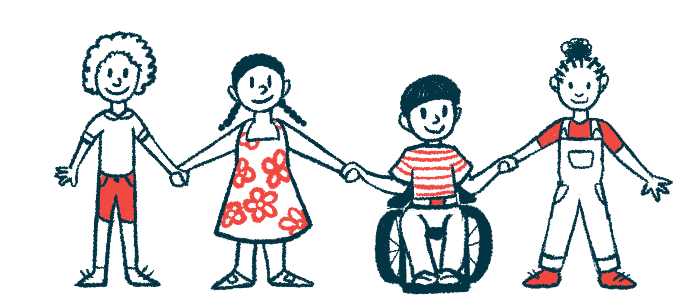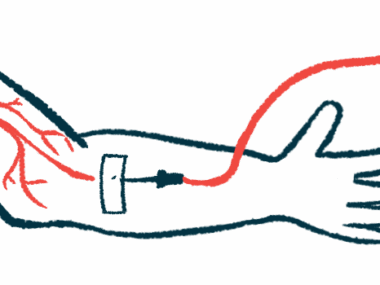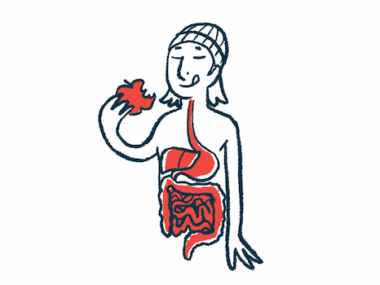Most children with Pompe report good emotional well-being in study
However, they also cite frustrations about physical disabilities, social impacts
Written by |

Most children and adolescents with Pompe disease adapted well to living with the chronic condition and had generally good emotional well-being, according to a small interview study involving patients and caregivers in Europe.
Still, patients reported frustrations related to physical disabilities and their social impacts, as well as the burden of frequent enzyme replacement therapy (ERT) sessions and other medical appointments.
“Our results highlight that not only physical but also various psychosocial factors impact children and adolescents with [Pompe disease],” researchers wrote, noting that tailored clinical approaches and the use of at-home ERT can help alleviate this burden.
The study, “Living with Pompe disease: results from a qualitative interview study with children and adolescents and their caregivers,” was published in the Orphanet Journal of Rare Diseases.
Pompe disease is lifelong condition without a cure
Pompe disease, a rare genetic disorder characterized by progressive muscle weakness, breathing problems, and other symptoms, is a lifelong condition without a cure.
Patients are treated with ERT and other supportive therapies for their entire lives, which can ease the disease burden, but does not usually eliminate symptoms entirely.
“Given the chronic nature of [Pompe disease] and the lifelong need for medical care, it is important to understand how best to support patients and families,” the researchers wrote.
However, there aren’t any disease-specific questionnaires designed to assess life quality and perceptions about health among Pompe patients.
To inform the design of such questionnaires, the scientists conducted interviews with 19 families affected by Pompe disease in Austria, Germany, and Switzerland. The study included 11 pediatric and adolescent patients, ages 8-18, and 26 caregivers.
The mean age of the patients across the 19 families was 12 years, and they’d been diagnosed with Pompe at a mean of 4 years old. All were receiving ERT.
Interviews focused on four aspects: perceptions of symptoms and related limitations, psychosocial impacts on daily life, treatment experiences, and general emotional well-being.
Families brought up a range of symptoms that drove daily limitations, including muscle weakness, breathing problems, musculoskeletal pain or posture problems, and fatigue.
Most commonly mentioned problem was muscle weakness
The most commonly mentioned problem was muscle weakness (89.5%), with 84.2% indicating problems with walking and running. In around three-quarters of cases, reductions in symptoms related to ERT use were reported.
Many patients reported negative and often distressing experiences related to specific physical aspects of the disease, and the psychosocial impact of physical limitations emerged as a very important factor.
Some children reported anger or sadness at being unable to keep up with their peers and being limited in their social activities, or by insensitive remarks from those around them.
“Physical limitations emerged as a key impact, leading to negative emotions such as frustration in almost all patients, even those with comparatively mild restrictions,” the researchers wrote, noting that this was likely a consequence of not only the physical limitations “but also their social consequences.”
Living with Pompe influenced the way the children and adolescents thought about the future, with some focusing on disease progression and the loss of things they’d want to do later on.
Switching to at-home ERT was well-received, lowered treatment burden
In terms of treatment, attitudes related to ERT were variable, with the burden of frequent and long infusions being commonly mentioned. Often, switching ERT to a home setting was well-received and lowered the treatment burden.
Likewise, opinions about medical checkups and supplementary therapies were mixed, with some seeing such things as additional burdens.
In general, most of the children and adolescents made statements that ranged only from no emotional burden to good well-being (79%), even among those with the greatest physical impairments.
“In her condition, what a joy for life she has,” said one mother of a severely disabled 14-year-old girl. “She is actually never sad or moody, very rarely actually.”
Two children were assessed as having obvious emotional burden related to their disease and expressed exclusively negative comments about living with Pompe, both of whom had relatively mild physical limitations.
The mother of one of those children described it as psychological slumps. “He goes from being elated to being desperately sad and everything is bad,” she said.
Overall, “most pediatric patients adapt well to their condition,” the researchers wrote, adding that “severe limitations do not necessarily lead to lower emotional well-being.”
Still, the researchers say it is crucial to identify patients at risk for high emotional burden and to intervene appropriately.
“Our newly developed questionnaire, informed by the present results, should be tested as a screening tool for this purpose,” the team concluded.








